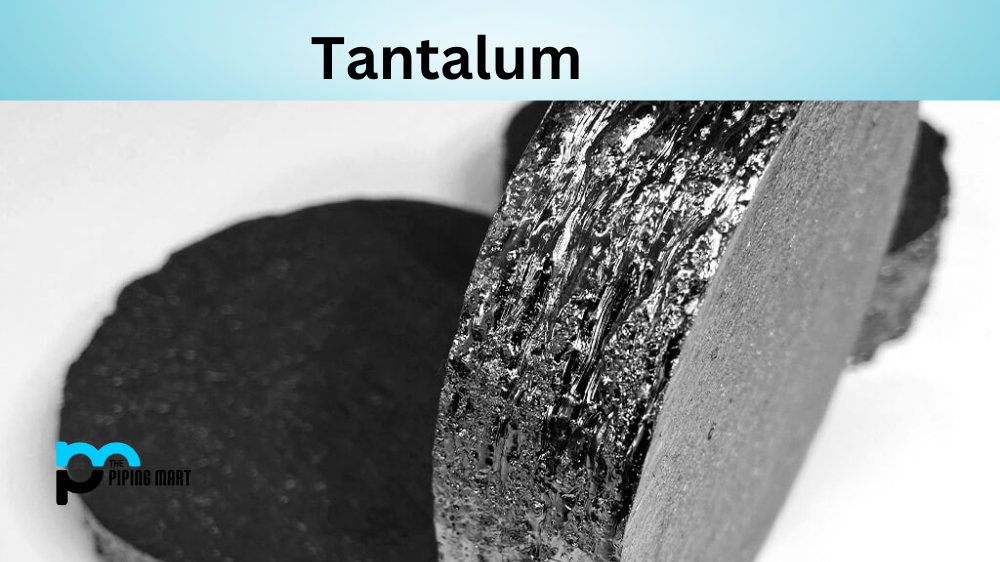If you’ve ever worked in the construction industry, chances are you’ve heard of manganese steel. This strong, durable metal alloy is used for various applications due to its high strength-to-weight ratio and resistance to deformation. But what exactly is it, and why is it so useful? Let’s take a closer look at manganese steel and how it can be put to work in your project.
What Is Manganese Steel?
Manganese steel is an alloy made of mostly iron with added carbon, manganese, and other elements like silicon or aluminum. It has a high wear resistance, making it an ideal material for many different projects. It’s also tough to break or deform; this makes it perfect for parts that need to withstand extreme wear or pressure without breaking down.
Types of Manganese Steel
There are several different types of manganese steel available depending on the application:
Hadfield Manganese Steel
A popular type of manganese steel developed by Robert Hadfield back in 1882. This type of steel offers excellent wear resistance thanks to its 12% manganese content. It’s also known for its toughness and strength, which makes it perfect for components that require heavy-duty protection from abrasion and impact.
High Strength Low Alloy (HSLA)
This type of manganese steel has been designed specifically for applications where weight reduction is essential but strength needs to remain intact. HSLA uses less carbon than Hadfield Manganese Steel but still offers superior protection against wear and tear due to its higher levels of manganese content.
Austenitic Manganese Steel
This type of steel is non-magnetic and has good ductility as well as excellent shock absorption properties. Its most common application includes components used in mining equipment such as jaw crushers, hammer mills, or gyratory crushers due to its superior shock absorption capabilities compared to other steels on the market today.
Hardened & Tempered High Carbon Spring Steels
This type of manganese steel are designed specifically for use in springs where high levels of resilience are required such as automotive suspensions or industrial conveyor belts. Due to its higher carbon content, this type of steel can be heat treated at temperatures up to 800°C without losing any of its strength or elasticity properties—making it perfect for applications requiring superior durability over time.
Cast High Carbon Cast Iron
This type contains a higher percentage of carbon than other types but also offers great castability allowing you to create complex shapes easily when heated at temperatures up to 1200°C. The higher levels of carbon make this type ideal for components that require superior impact resistance while remaining lightweight enough not to cause extra strain on machinery parts during operation..
Corrosion Resistant Iron Alloys
These alloys contain chromium which gives them their corrosion-resistant properties making them ideal for applications exposed to harsh environments like saltwater or chemicals where standard steels would corrode quickly when exposed over time.
Conclusion
Manganese steel is an incredibly versatile metal alloy that has been used in countless industries since 1882, when Robert Hadfield first developed the process by which this unique blend could be produced reliably with consistent results every time. With so many different varieties available—from austenitic through hardened & tempered spring steels—there’s sure t be one perfect for any application you have in mind! Whether you need something tough enough for heavy-duty construction projects like crushers & mills or something more lightweight & corrosion-resistant like casted iron alloys—manganese steels have got your back! So don’t wait any longer– explore the possibilities today!

Pipingmart is B2B portal specializes in industrial, metal and piping products. Also, share latest information and news related to products, materials and different types grades to help business dealing in this industry.




